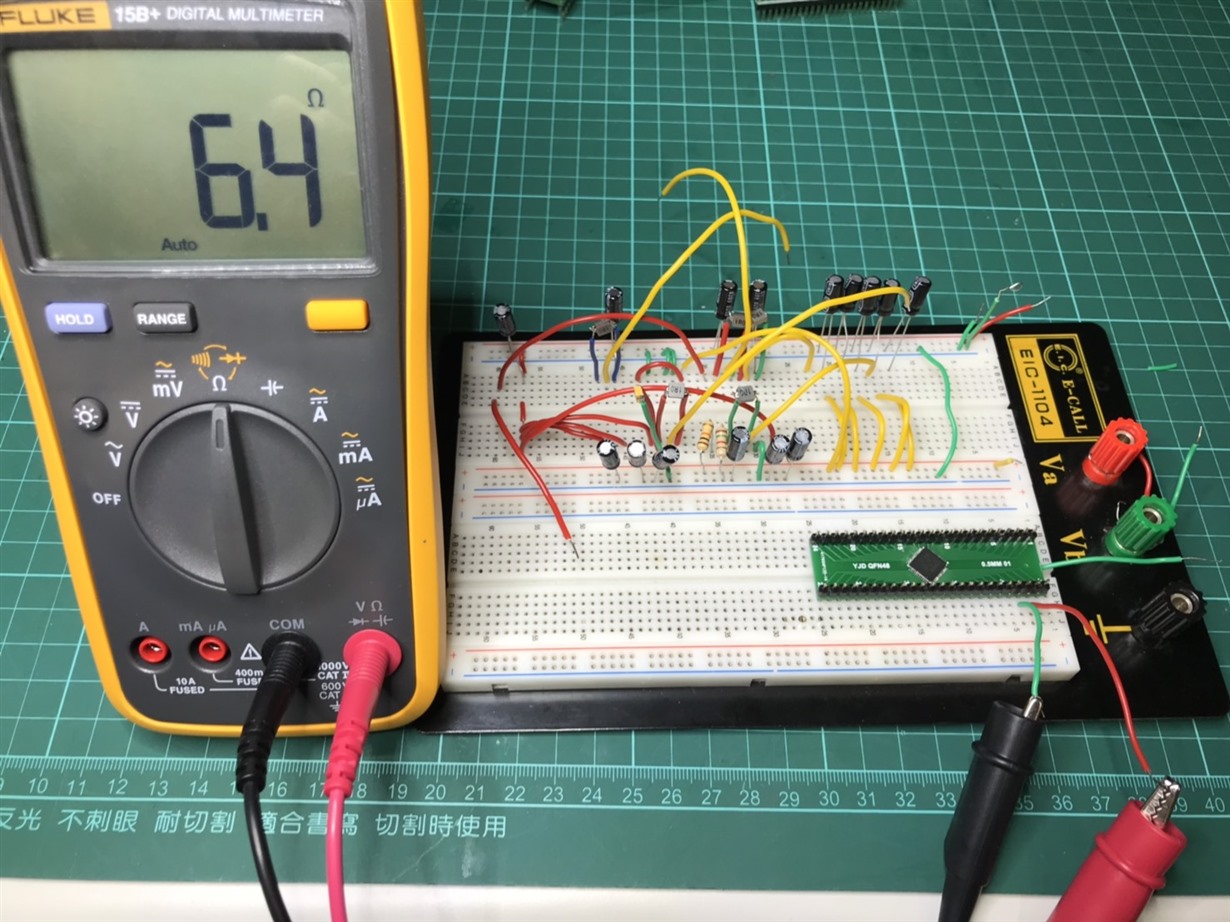Other Parts Discussed in Thread: TPS65196
Hello:
I would like to ask some questions:
1. What are the reasons for short-circuiting SMPSX_IN and SMPSX_SW?
2. Do all the ground terminals in the circuit need to be grounded with the PAD?
3. Does GPIO_5 require a pull-up resistor connected to 3.3V?
4. Is the setting of 5V/0.4A sufficient for using a DC power supply?


